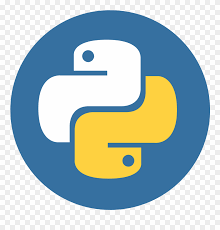import types
def dump(object):
print object,"=>",
if type(object) is types.IntType:
print "INTEGER",
if type(object) is types.FloatType:
print "FLOAT",
if type(object) is types.StringType:
print "STRING",
if type(object) is types.ClassType:
print "CLASSE",
if type(object) is types.InstanceType:
print "INSTANCE",
print
dump(0)
dump(0.0)
dump("0")
class A:
pass
class B:
pass
dump(A)
dump(B)
a = A()
b = B()
dump(a)
dump(b)
"""
0 => INTEGER
0.0 => FLOAT
0 => STRING
__main__.A => CLASSE
__main__.B => CLASSE
<__main__.A instance at 1> => INSTANCE
<__main__.B instance at 2> => INSTANCE
"""
Livres Sur ce Sujet
[amazon_image id=”2212134347″ link=”true” target=”_blank” size=”medium” ]Apprendre à programmer avec Python 3[/amazon_image] [amazon_image id=”B005J2L260″ link=”true” target=”_blank” size=”medium” ]Apprenez à programmer en Python[/amazon_image] [amazon_image id=”2100508830″ link=”true” target=”_blank” size=”medium” ]Python : Petit guide à l’usage du développeur agile[/amazon_image] [amazon_image id=”2212127081″ link=”true” target=”_blank” size=”medium” ]Apprendre à programmer avec Python 3 : Avec plus de 50 pages de corigés d’exercices ![/amazon_image]
